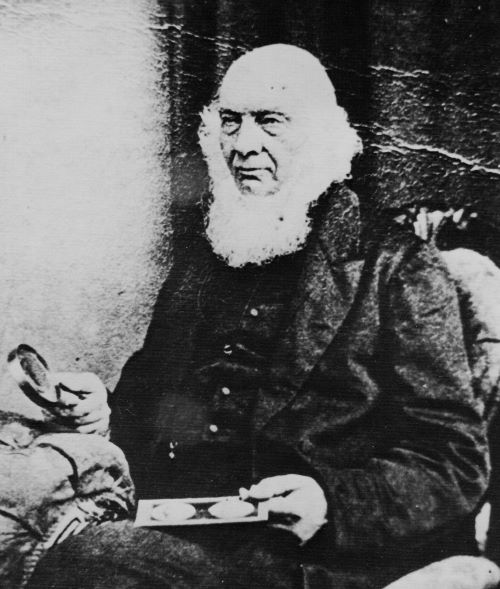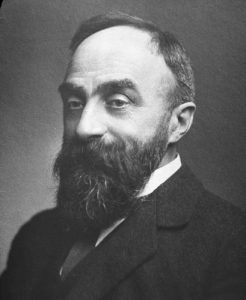How the story of Orkney weather spans the globe

By Patricia Long
Thanks to the Rev Charles Clouston, Orkney has one of the longest continuous weather records in the country. At the Sandwick Manse, he kept a daily record for 58 years, beginning in 1827, and became a recognised expert on Scotland’s weather.
After Clouston’s death, the station moved around Orkney but kept going right up until WWII. Magnus Spence ran it in Deerness for almost thirty years, 1890 – 1919. His son, Magnus Thorfinn Spence, was Chief Meteorologist for Bomber Command during WWII.
With very neat symmetry, the story now moves to the other end of the world – to the South Orkney Islands. Base Orcadas is an Argentinian weather station but it was founded in 1903 by the Scottish National Antarctic Expedition, led by William Spiers Bruce. His grandmother was Charity Isbister, whose father Caleb owned Ness Farm, Stromness. Spiers Bruce went to the Antarctic as a scientist on a whaling expedition in 1892 and became fascinated by the polar regions. He went on expeditions to the Arctic and, when he couldn’t get there, he went to the top of Ben Nevis, which had snow cover for 215 days of the year. An Observatory had been built there in 1883 by the Scottish Meteorological Society, to try to learn more about weather patterns.
The first Superintendent was RT (Robert Traill) Omond, the son of Robert Omond from Kirkwall, who became President of the Royal College of Surgeons of Edinburgh and Mary Traill, daughter of Professor Thomas Stewart Traill, (also from Kirkwall). Omond was involved with the Observatory right from its planning stages. Ill health forced him down from the summit after seven years, but he remained in overall charge until the Observatory closed in 1909.
William Spiers Bruce had applied to join Scott’s expedition to the Antarctic. When, despite being one of the most experienced Polar scientists in the country, his application was rejected, he raised the funds for an expedition supported by the Royal Scottish Geographical Society.

The Scottish National Antarctic Expedition of 1902-04 is not as famous as those of Scott and Shackleton but it has been described as one of the most cost-effective and carefully planned scientific expeditions of the age. As well as establishing the weather station, the expedition brought back a large number of botanical, biological, zoological and geological samples. The house built for the men and their instruments was called Omond House. As well as giving Spiers Bruce a lot of practical and scientific advice, Omond had given a very sizeable donation to the expedition.
The Ben Nevis Observatory only lasted eighteen years and only had three observers so it is strange that there is still more Orcadian involvement. According to his entry in the Australian Dictionary of Biography, Charles Anderson, from Moa in Stenness, was the Superintendent there after he graduated in 1900. He quickly realised he wanted to be somewhere warmer and went to work at the Australian Museum in Sydney in 1901, eventually becoming its director.
The full version of this article can be found on page 30 of this week’s edition of The Orcadian.
A biography Charles Anderson is available on the “People” page of www.aboutorkney.com. Patricia Long is a local tour guide based in Stenness, with a particular interest in social and family history.

